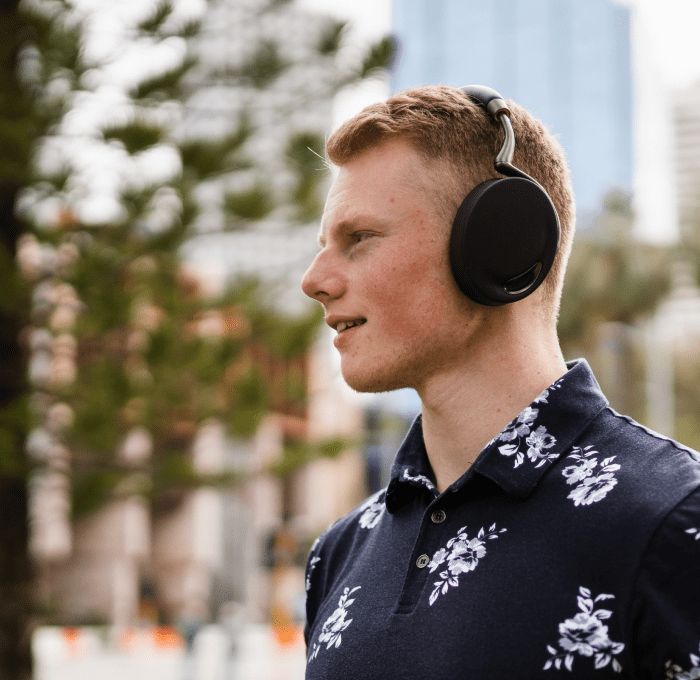
SMILE
SMILE stands for SMall Incision Lenticule Extraction and is a laser vision correction procedure approved by the FDA in 2016.


SMILE at a Glance
What is SMILE Eye Surgery?
Recently, the spectrum of laser vision correction procedure options expanded with the U.S. Food and Drug Administration approving small incision lenticule extraction, also known as SMILE eye surgery. SMILE is a laser vision correction option recommended to patients with nearsightedness and astigmatism. For those patients who are not good candidates for LASIK, SMILE may be an option.
While SMILE is a relative newcomer here in the U.S., it was approved in 2016, the procedure has been available in other countries for more than 10 years, and 5 million procedures have been performed worldwide. To date, more than 600 clinical studies have been conducted to determine it is a safe and effective vision correction option for those who are good candidates.
SMILE eye surgery is performed using advanced laser vision correction technology, the femtosecond laser. The procedure is minimally invasive with a small – less than 6 mm – incision in the surface of the eye needed to perform the vision correction.
Step 1: Create the lenticule (a thin disc of corneal tissue)
The femtosecond laser creates a thin disc of tissue within the layers of the cornea. The shape of the disc is like the shape of a contact lens – it is thicker in the center and thinner at the edge. The disc is called a lenticule. The laser can penetrate the cornea to create the lenticule without disturbing the surface of the cornea.
Step 2: Remove the lenticule
The femtosecond laser creates a small incision in the surface of the cornea – generally less than 6 mm in length. The purpose of the incision is simply to remove the lenticule.
Step 3: Vision correction is achieved
The surgeon removes the lenticule from within the layers of corneal tissue, through the small incision, changing the overall shape of the cornea to improve vision. The small incision heals within a few days without stitches.

Clinical Data Behind SMILE Eye Surgery
A clinical study into the safety and efficacy of SMILE eye surgery showed that of 328 participants:
- Six months after surgery, 99 percent of participants achieved 20/40 or better vision.
- 88 percent of participants achieved 20/20 or better vision at the 6-month post-op visit
In another clinical study of 348 patients, all but five achieved 20/40 or better vision without glasses or contacts, and 84 percent of SMILE patients achieved 20/20 or better vision.
Who is a Candidate for SMILE Eye Surgery?
Not all vision correction patients are candidates for SMILE. As of October 2018, nearsighted patients:
- Over the age of 22 years old
- With vision prescriptions unchanged for at least 12 months
- With prescriptions in the following ranges:
- Nearsightedness of -1.00 to -10.00 diopter in power,
- Astigmatism of -0.75 to -3.00 diopter in power,
- A maximum of combined prescription (nearsightedness plus half of the astigmatism prescription) of no more than -10.00 diopters in power
SMILE Eye Surgery Cost
Most U.S. eye surgeons charge about the same price for SMILE laser vision correction and LASIK surgery; in the range of $2,000 to $3,000 per eye.
Surgeon fees are based upon a number of factors, including the surgeon’s experience, where the practice is located, and whether follow-up exams and treatments (if needed) are included in the procedure price.
Is SMILE Right for You?
If you are nearsighted – with or without astigmatism – and meet the other criteria stated above, you might be a good candidate for SMILE laser vision correction. The next step is to have a comprehensive eye exam and a laser vision correction consultation with a refractive surgeon.

Jump to
Section
- SMILE Eye Surgery at a Glance
- What is SMILE Eye Surgery?
- Step 1: Create the lenticule (a thin disc of corneal tissue)
- Step 2: Remove the lenticule
- Step 3: Vision correction is achieved
- Clinical Data Behind SMILE Eye Surgery
- Who is a Candidate for SMILE Eye Surgery?
- SMILE Eye Surgery Cost
- Is SMILE Right for You?
Ready to take the next step?
Schedule a consultation today.







